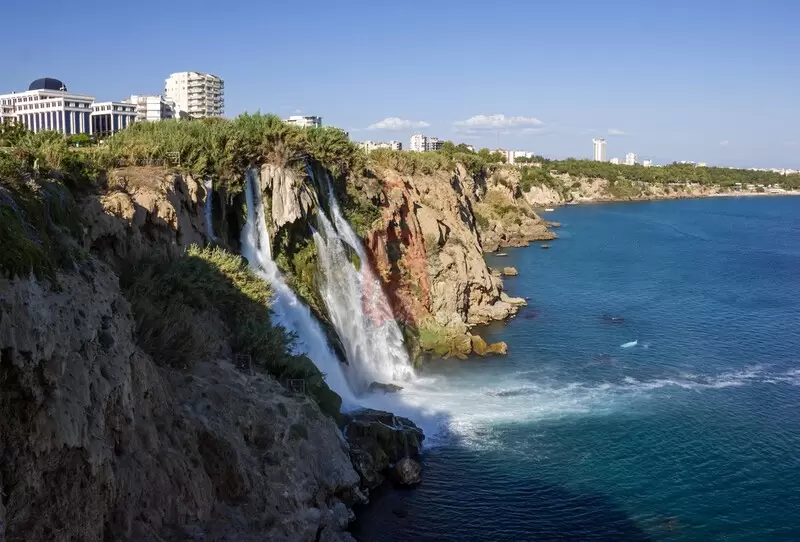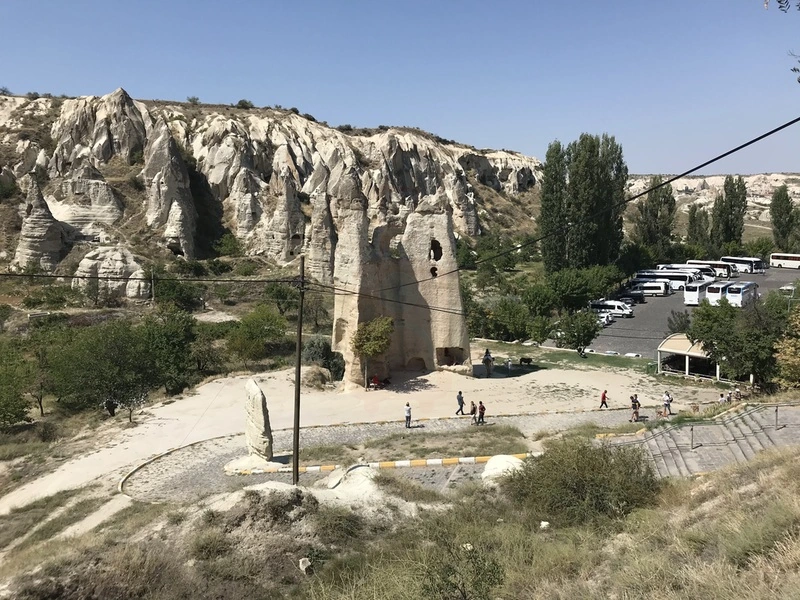Candarogullari
Candaroğulları was a notable beylik in the northern region of Anatolia, established in the 14th century. Centered around the city of Kastamonu, the dynasty played a significant role in the region's political landscape, often acting as a buffer between the expanding Ottoman Empire and other local powers. The beylik is known for its rich cultural heritage, including impressive architectural contributions such as mosques, bridges, and fortifications that reflect both Turkish and Byzantine influences. Candaroğulları also fostered trade and commerce, benefiting from its strategic location along important trade routes. The beylik was eventually absorbed into the Ottoman Empire in the late 15th century, but its legacy continues to influence the cultural identity of the region.
Hamidogullari
Hamidoğulları was a prominent beylik in southwestern Anatolia during the late medieval period, emerging in the 14th century. Based in the region around Isparta and Burdur, the dynasty played a key role in the political landscape of Anatolia. They were known for their military prowess and resistance against larger powers such as the Ottoman Empire. The Hamidoğulları also contributed significantly to the cultural and architectural heritage of the region, commissioning mosques, bridges, and caravanserais that reflected a blend of Turkish and Persian styles. Their influence waned in the 15th century as the Ottomans expanded, leading to their eventual incorporation into the Ottoman realm, but their legacy remains an important part of Anatolian history.
Ertenalılar Karakoyunlular
The Ertenalılar and Karakoyunlu were significant Turkic dynasties in Anatolia during the late medieval period. The Karakoyunlu, or "Black Sheep," emerged in the 14th century, controlling large areas of eastern Anatolia and parts of Iran. They were known for their military strength and engaged in frequent conflicts with rival dynasties, particularly the Akkoyunlu. The Ertenalılar, a lesser-known group, were influential in the region, contributing to the cultural and political dynamics of the time. Both dynasties played important roles in shaping the fate of Anatolia, fostering trade, and supporting the arts. Their legacies are reflected in the region's rich history and cultural heritage.
Karamanids Akkoyunlular
The Karamanids and Akkoyunlu were prominent Turkic principalities in Anatolia during the late medieval period. The Karamanids, based in the region around Karaman, emerged in the 13th century and played a crucial role in resisting Ottoman expansion. They were known for their cultural contributions, including the promotion of Turkish as a literary language. The Akkoyunlu, or "White Sheep," were a powerful dynasty that controlled parts of eastern Anatolia and Iran in the 15th century. They were notable for their military strength and for fostering trade and cultural exchanges. Both dynasties significantly influenced the political and cultural landscape of Anatolia, leaving a lasting impact on the region's history.
Hittites
The Hittites were an ancient civilization that emerged in Anatolia around the 18th century BCE, becoming one of the region's most powerful empires. Known for their advanced political organization, military prowess, and innovative use of chariots, the Hittites established a vast empire that included parts of modern-day Turkey, Syria, and beyond. Their capital, Hattusa, was a center of culture and administration, featuring impressive architecture and fortifications. The Hittites developed a unique language and left behind a rich corpus of texts, including treaties, laws, and religious hymns. Their interactions with neighboring cultures, such as Egypt and Mesopotamia, significantly influenced their society, making them a key player in ancient Near Eastern history.
Hattis
Hattians were an ancient people who inhabited central Anatolia, particularly around the region of Hattusa, during the Bronze Age. They are considered one of the earliest inhabitants of Anatolia, preceding the more well-known Hittites. The Hattians are known for their unique language and culture, which included a pantheon of deities and intricate religious practices. Their society was organized around small city-states and was characterized by advanced metallurgy and pottery. The Hattians significantly influenced the Hittites, who eventually absorbed them, adopting many aspects of their culture and religion. Today, archaeological sites in Anatolia, such as Hattusa, reveal the rich heritage and contributions of the Hattians to ancient Anatolian civilization.
Achaemenid Empire
The Achaemenid Empire, founded in the 6th century BCE, was one of the largest and most influential empires in ancient history, spanning from the Indus Valley to the Aegean Sea. In Anatolia, the empire left a significant mark through its administrative innovations and cultural exchanges. The region was integrated into the empire as satrapies, each governed by local rulers under Persian oversight. Major cities like Sardis and Ephesus flourished as centers of trade and culture. The Achaemenids promoted religious tolerance and infrastructure development, including the famous Royal Road, which facilitated communication and commerce. Their legacy can still be seen in the archaeological sites and ruins scattered across Anatolia today.
Dorian Kingdom
The Dorian Kingdom in Anatolia, particularly prominent during the 12th century BCE, marked a significant cultural transition in the region. Originating from the north, the Dorians settled in various coastal areas, including parts of western Anatolia and the islands of the Aegean Sea. Known for their warrior society, they established city-states like Halicarnassus and Cnidus, contributing to the region's political landscape. The Dorians introduced their dialect and cultural practices, influencing local traditions. Their arrival is often associated with the so-called "Greek Dark Ages," leading to shifts in trade and settlement patterns. The Dorian legacy is reflected in the architectural styles and pottery that emerged during this transformative era in ancient Anatolia.









